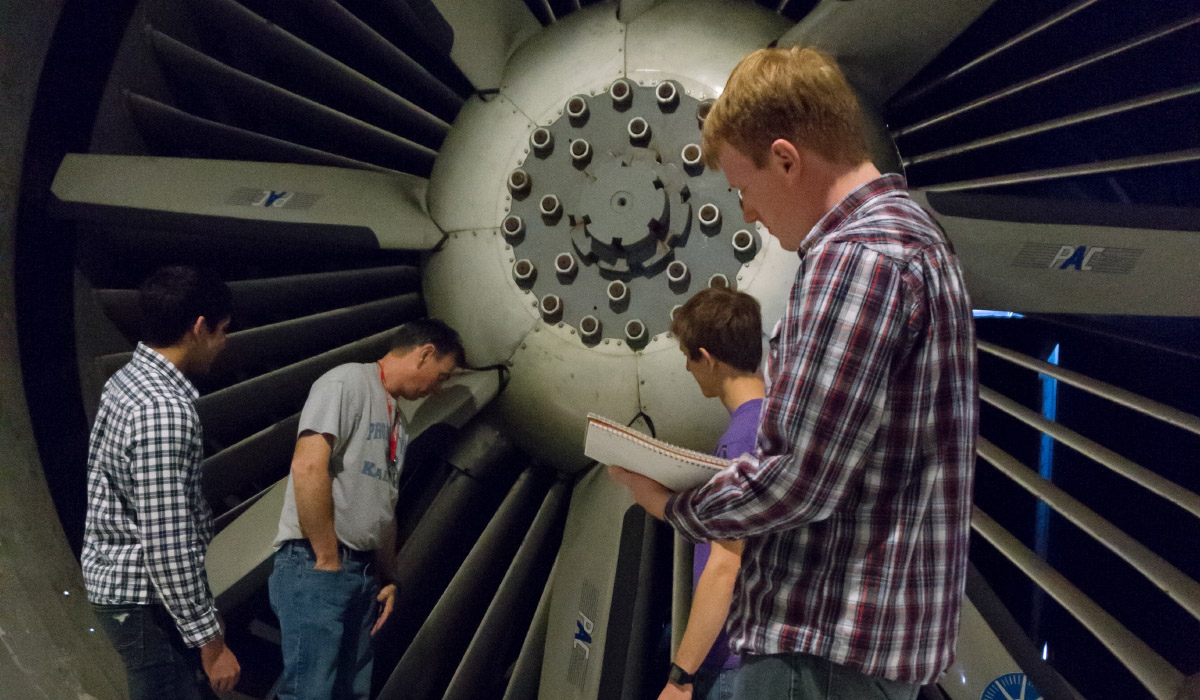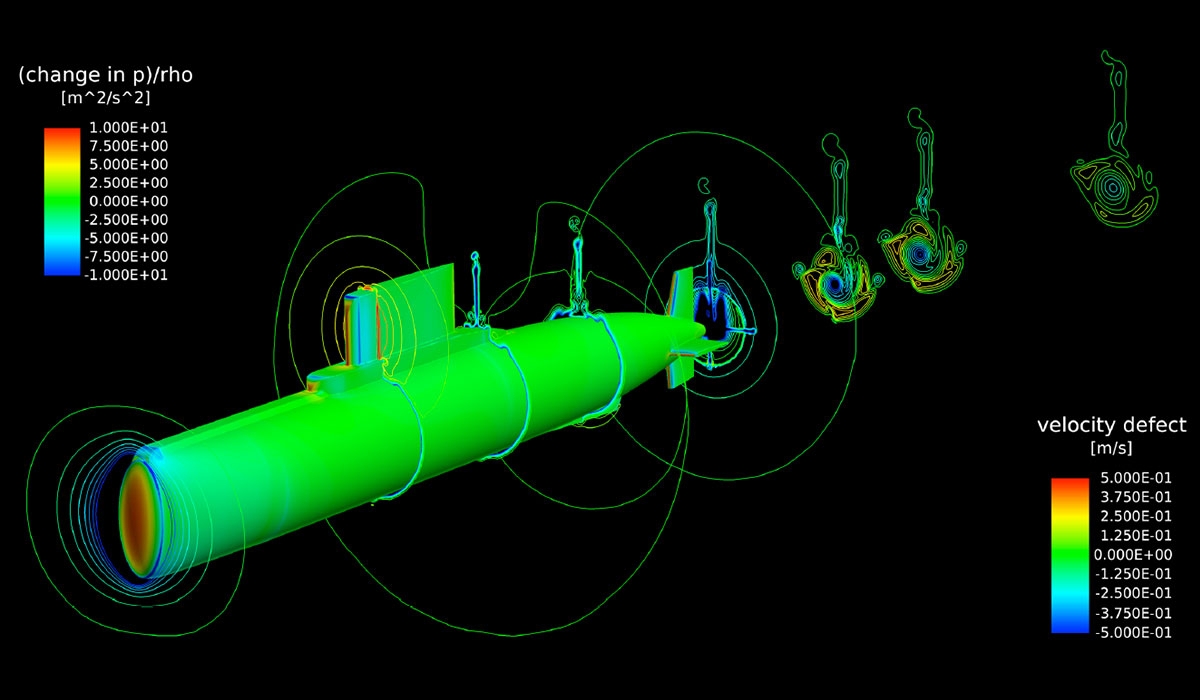Prospective students
Designing vehicles for ocean, sky, and space
The Kevin T. Crofton Department of Aerospace and Ocean Engineering offers a B.S. in aerospace and ocean engineering. Students may major in either aerospace or ocean engineering, or choose to combine the programs in a double major with either aerospace or ocean as their primary major.
A profession that contributes to society
AOE students become professionals in service to the art and science of transportation. For many of our students, it’s not just about what they are designing, but how and where it will be used, and who it will benefit.
Visiting the AOE Undergraduate Program
During the fall and spring semesters, AOE Information Sessions will be presented in-person by student AOE Ambassadors on most Mondays & Fridays from 2:30-3:30 PM. Please contact Emily Metzgar if you have questions about visiting during the summer or require additional information.
To register for an AOE Information Session, first click on the Visit Virginia Tech website. Scroll down to the bottom of the page where it says "Let's Schedule a Visit". In the box that says "Select an Event", select "College and Departmental Information Sessions". In the box that says "Select Date", click on a specific date to see if an AOE Information Session is being offered. If available, fill out the registration form to sign up.
We also suggest attending a College of Engineering Information Session. During fall and spring semesters these are typically available Monday through Friday from 11:15 AM - 12:15 PM.
The Aerospace Engineering Design Lab (AEDL) is home to a variety of aerospace-related extracurricular engineering design teams that participate in competitions around the country. The AEDL is located in the Blacksburg Industrial Park, a short drive from the main Virginia Tech campus. Free parking is available in front of the building. If you are interested in arranging a tour, contact AEDL Lab Manager Bob Schoner.

What is aerospace engineering?
In the fields of aeronautics and astronautics, aerospace engineers apply science and technology to the challenges of moving through air (aero) and space (astro).
Aeronautics focuses on the theory, technology, and practice of navigating through Earth’s atmosphere, including
- Autonomous aerial systems
- Aerodynamic performance of aircraft
- Aerodynamic performance of construction materials
- Aeroacoustic properties of wind turbines
- Commercial and military aircraft systems
Astronautics focuses on navigation beyond the boundaries of Earth’s atmosphere, into deep space, and includes
- Celestial mechanics
- Guidance and control systems
- Rovers
- Satellites
- Space station
- Spacecraft and missions
While aeronautics and astronautics have different environmental challenges, the two fields often overlap because they operate on the same fundamental principles.
Aerospace engineers make spacecraft faster, airplanes safer, and drones more intelligent. They are building complex systems to simulate flight tactics, designing pressure suits for space walks, and writing the computer code that controls aircraft systems.
Aerospace engineering has a proud history of first lifting people off the ground and then into space. By designing and developing cutting-edge tools, aerospace engineers are now pushing us into new exploration environments.

What is ocean engineering?
Ocean engineers specialize in hydronautics. They develop, design, and analyze technology that operates in the complex environment on or below the surface of oceans, lakes, and rivers.
Ocean engineering technology has applications in scientific discovery, national security and defense, transportation, fishing, recreation, petroleum extraction, and thermal or wave energy capturing, among others.
The field focuses on the design, construction, and science of marine craft and instruments, including:
- Advanced marine craft
- Autonomous underwater vehicles (marine robotics)
- Offshore platforms
- Ships
- Submarines
Ocean engineers must build vehicles, systems, instruments, and sensors to operate smoothly in the unpredictable, often hostile environment of the open seas, which means high winds, rough waves, strong currents, and moving ice.
Today’s ocean engineering challenges include subsea robot design, subsea navigation, and collaborative autonomy to explore the vast, unmapped depths of the ocean.






